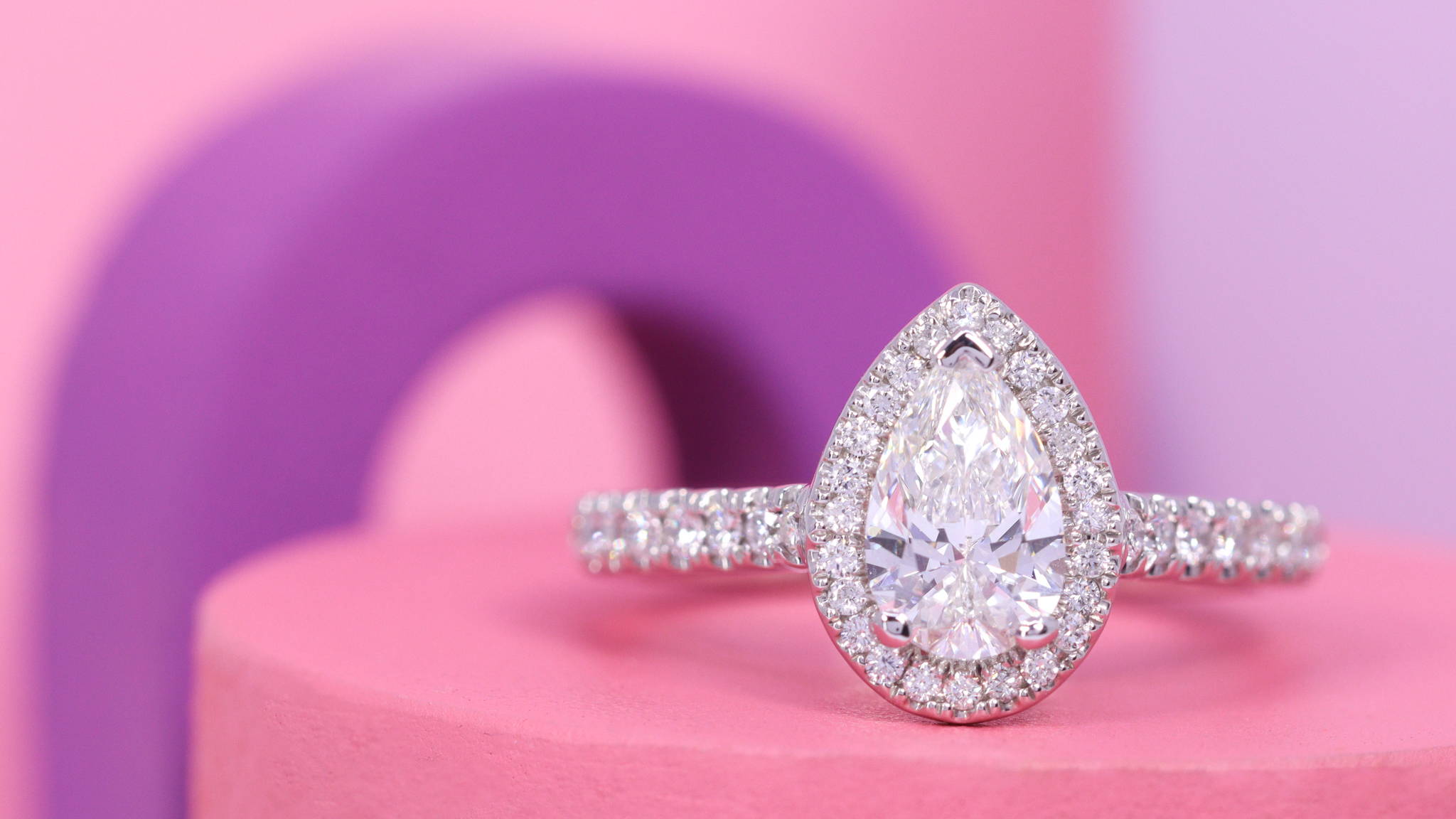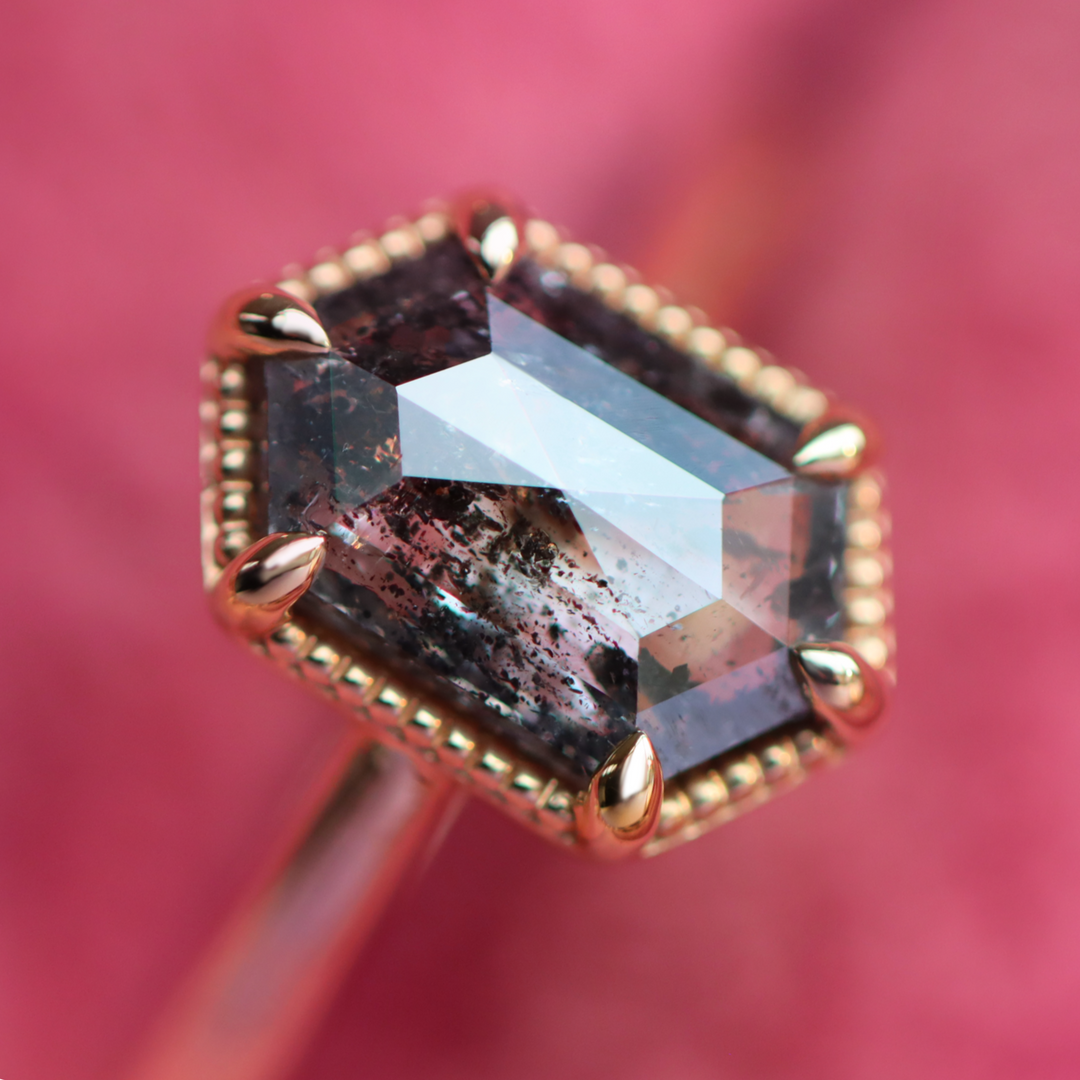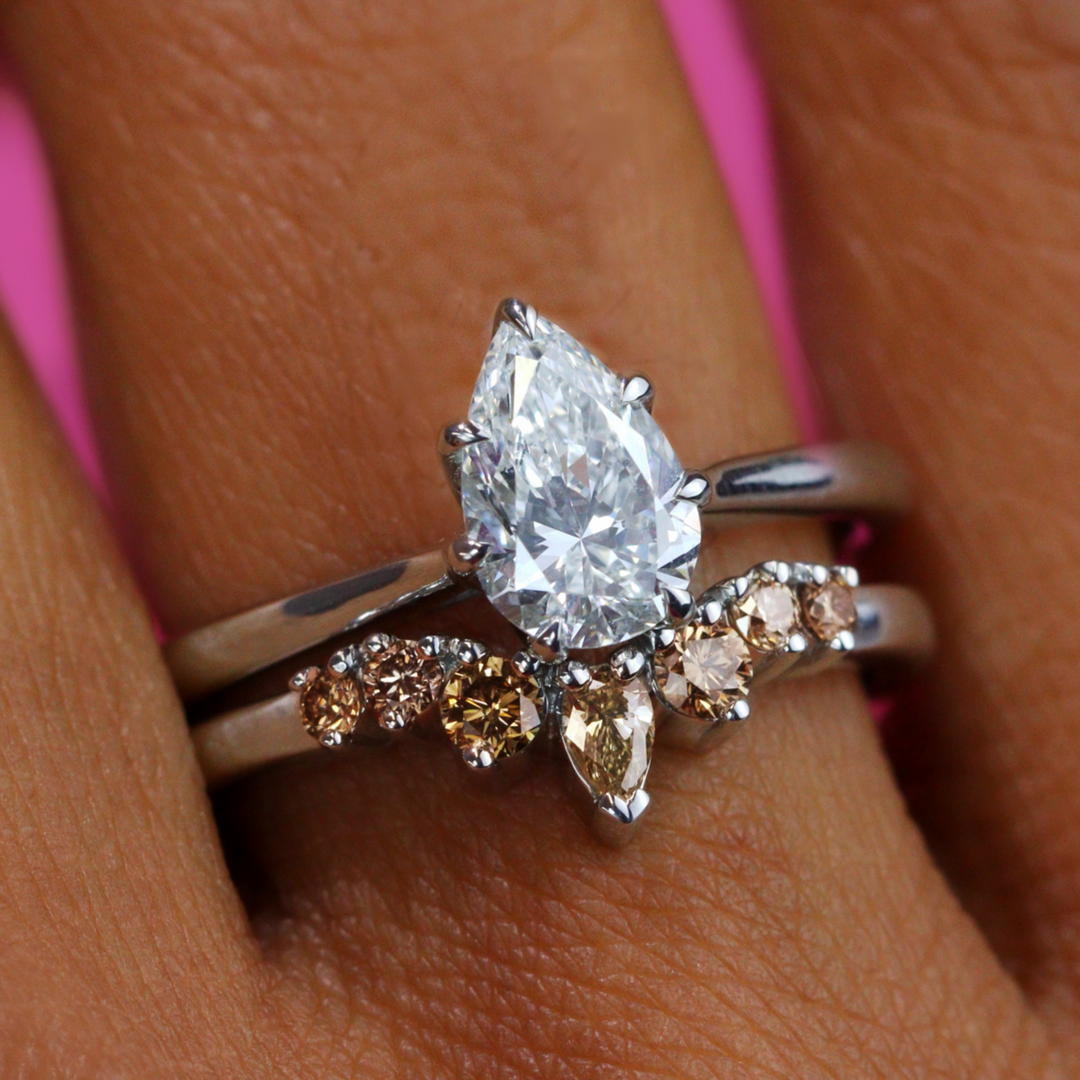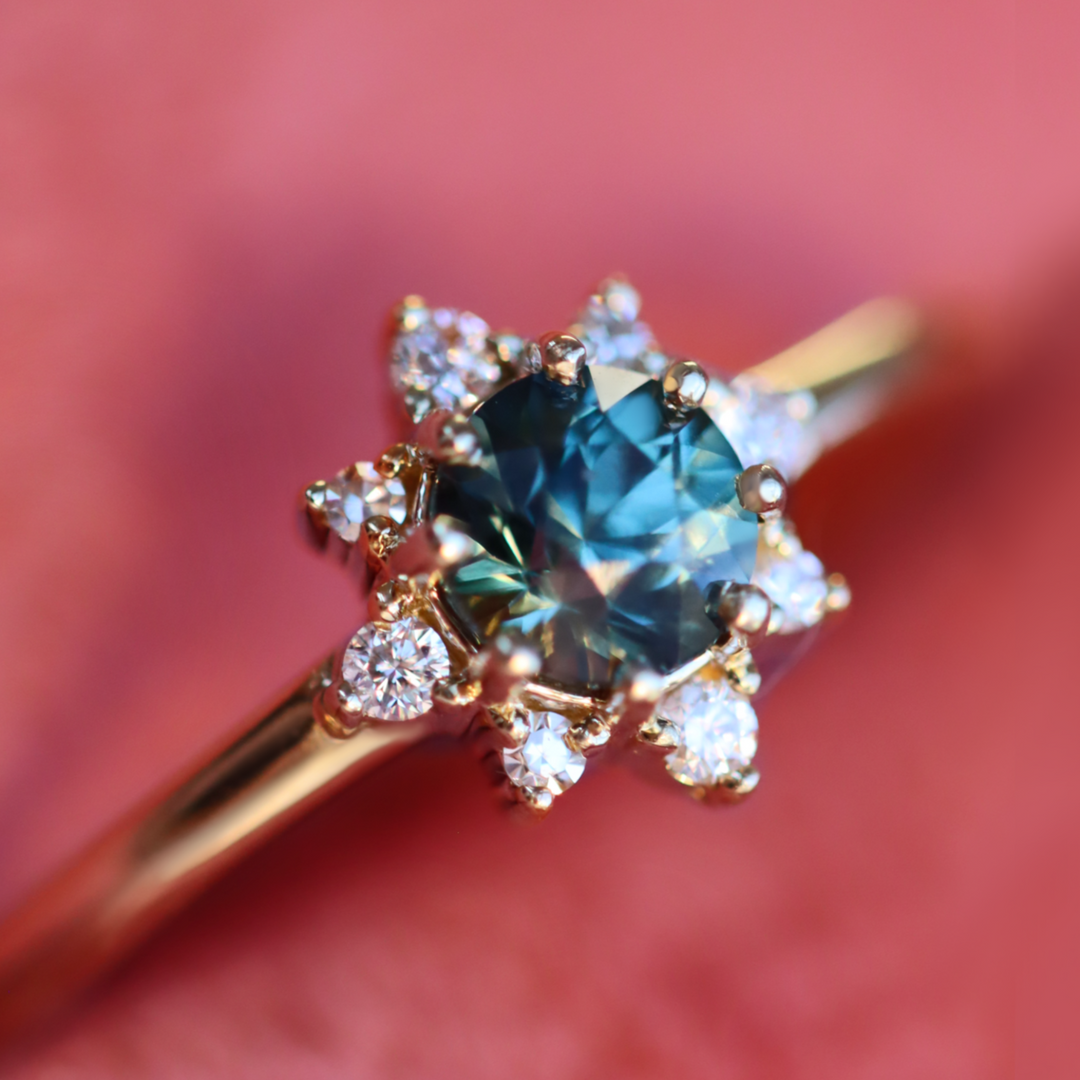let's get techy: lab grown diamonds 101

Lab-grown diamonds are made using two primary methods: High Pressure, High Temperature (HPHT) and Chemical Vapour Deposition (CVD). HPHT uses extreme pressure and temperature to replicate the conditions of the Earth's mantle, where natural diamonds are formed. CVD involves using a gas mixture to deposit carbon atoms onto a substrate, which gradually builds up a diamond crystal.
In terms of their physical, chemical, and optical properties, lab-grown diamonds are essentially identical to natural diamonds. The only difference is their origin: one is grown in a lab, while the other is formed in the earth over millions of years. However, lab-grown diamonds can be produced in less time and with less environmental damage than diamonds that are mined from the ground.
When it comes to carbon emissions, lab-grown diamonds generally have a lower carbon footprint than natural diamonds. This is because the production process for natural diamonds involves mining, transportation, and processing, all of which can produce significant carbon emissions. In contrast, the production of lab-grown diamonds typically involves lower emissions since it is a more controlled process that does not involve mining.
However, it's worth noting that the carbon footprint of lab-grown diamonds can vary depending on the energy source used in the production process. For example, lab-grown diamond producers that rely heavily on fossil fuels for energy would have a higher carbon footprint than those that use renewable energy sources. Overall, it's important for consumers to look for lab-grown diamond producers that prioritise sustainability and minimise their carbon emissions throughout the production process.
Lab-grown diamonds are generally less expensive than natural diamonds of similar quality. However, the price of lab-grown diamonds can still be influenced by market demand and factors like size, colour, and clarity. Some experts predict that the demand for lab-grown diamonds will continue to grow as consumers become more environmentally and socially conscious and as the technology for producing high-quality lab-grown diamonds improves.
Whether or not lab-grown diamonds are a sound investment depends on various factors, such as market trends, consumer preferences, and personal financial goals. The value of lab-grown diamonds can also fluctuate over time, similar to any other investment.
Most people think that lab-grown diamonds are more ethical and sustainable than natural diamonds, which is one of their main benefits. However, it's important to note that the ethics of lab-grown diamonds can vary depending on the producer and the methods they use. So it's a good idea to do your research to ensure that the lab-grown diamonds you purchase meet your ethical standards.
It's crucial to keep in mind that a small number of powerful manufacturers frequently control the market price of natural diamonds. While this can lead to price manipulation and concerns about ethics, it's worth noting that not all natural diamond producers are "bad actors." Companies like De Beers have made significant efforts to improve the lives of local residents in areas where diamond mining takes place through initiatives like providing access to healthcare and education. However, the environmental and social impacts of mining can still be significant, which is one of the reasons why lab-grown diamonds are becoming an increasingly popular alternative.
Consumers today have more options than ever before and can choose diamonds that align with their personal values and preferences. Whether it's a natural diamond that has been ethically sourced or a lab-grown diamond that has been produced using sustainable methods, both can be a beautiful and meaningful symbol of love and commitment. At the end of the day, what matters most is that the diamond has been sourced and produced in a way that respects people and the planet.




